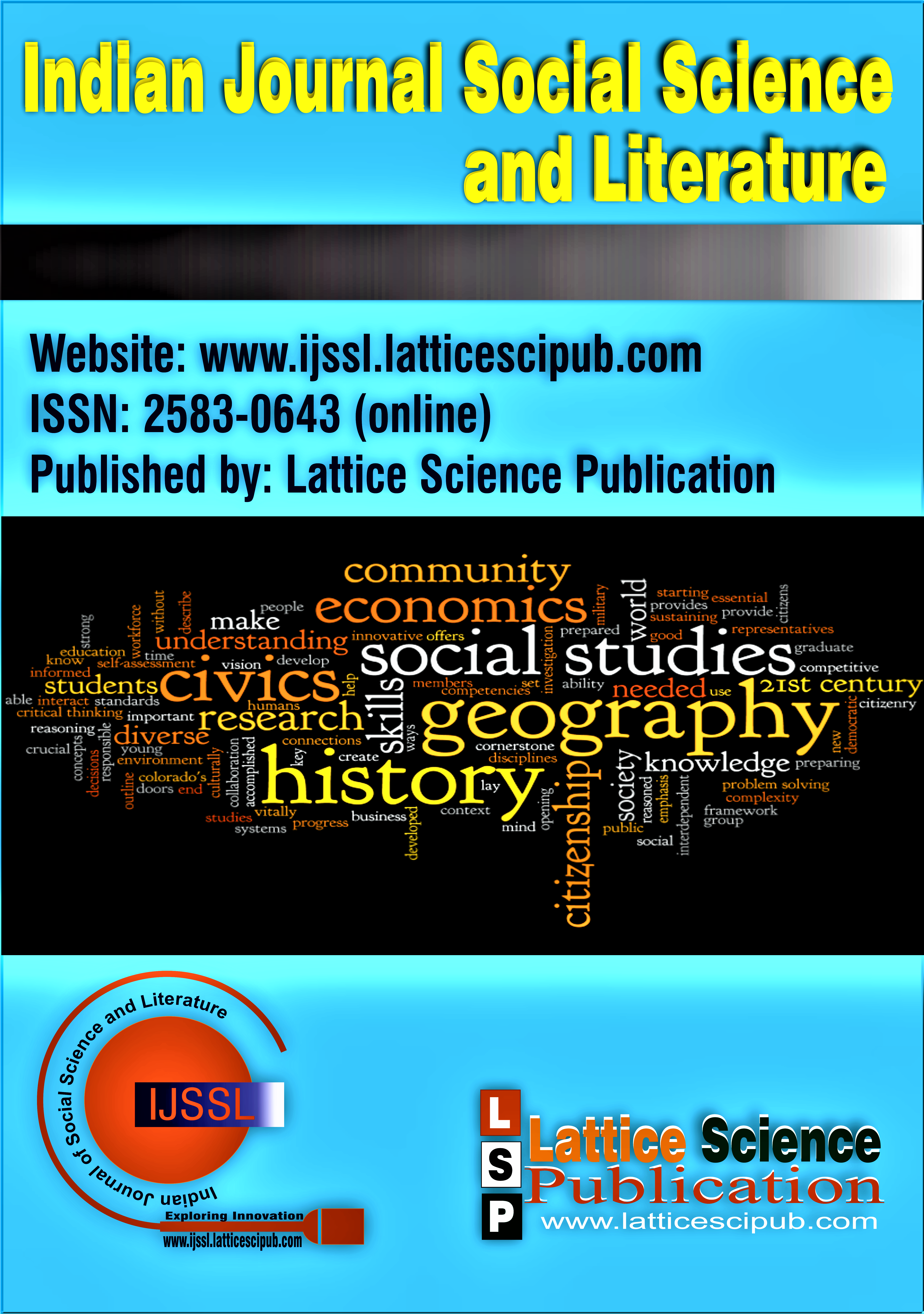Gender Responsive Budgeting at Union Parishad: Current Status, Potentials and Challenges
Main Article Content
Abstract
While the idea of gender-responsive budgeting has piqued the imagination of individuals all around the world, it is a relatively new phenomenon in Bangladesh. This budgeting technique has been stressed in Bangladesh’s previous four National Budget speeches. The government is prioritizing it in order to distribute government funding to all parts of society, especially women. The goal of this research is to establish the level of gender-responsive budgeting at the Union Parishad (UP) and its impact on the responsiveness of UP services, with a focus on health care. Furthermore, it strives to highlight at the union level the opportunities and challenges of gender-responsive budgeting in the health industry. Timeliness in service delivery and level of satisfaction of the service recipients were measured. The impact of gender responsive budgeting, and local political control on budget for UP health services is analyzed. ‘The study considers the amount of allocation, flow of fund, continuity of budgetary allocation, responsiveness in service delivery, level of satisfaction of women and level of local autonomy as independent variables to know what services are being provided along with their impacts. The study has opted for a mixed method for data collection and analysis including survey, interview from primary sources along with secondary literature. The study found that most of the local people don’t avail health service from Union Parishad and their expectation is not reflected in service delivery or the UP Plan and budget. Timeliness of service delivery and access to information were also major issues. All UP members were not aware of the allocation amount for women’s health issue despite 50% UP members saying consultation with women happens before preparing budget. Overall, the study finds that the budgets are not gender sensitive and there is no priority setting of the budget in health sector It recommends training for the UP officials and government initiatives 10 adopt and implement gender responsive budgeting at the union level.
Downloads
Article Details

This work is licensed under a Creative Commons Attribution-NonCommercial-NoDerivatives 4.0 International License.
How to Cite
References
Unwomen.org.au. (2019), Gender Responsive Budgeting. [online]
Available at: https://unwomen.org.au/our-work/focus-areas/what-isgender-responsive-budgeting/ [Accessed 19 Jan. 2019].
Elson, Diane (2002), ‘Gender-neutral, gender-blind, or gendersensitive budgets? Changing the conceptual framework to include
women’s empowerment and the economy of care’, Preparatory
Country Mission to Integrate Gender into National Budgetary Policies
and Procedures, London: Commonwealth Secretariat.
Siddique, K., (2013), A Case Study of Gender Responsive Budgeting
in Bangladesh, Commonwealth Secretariat, available at:
https://consultations.worldbank.org/Data/hub/files/grb_papers_banglad
esh_updf_final.pdf, [Accessed 19 Jan. 2019].
Siddique, K., (2013), A Case Study of Gender Responsive Budgeting
in Bangladesh, Commonwealth Secretariat, available at:
https://consultations.worldbank.org/Data/hub/files/grb_papers_banglad
esh_updf_final.pdf, [Accessed 19 Jan. 2019].
Medium Term Budgetary Framework (MTBF),2009-10,2010-11,
MOF, GOB.
Nazneen, S., Sultan, M and Mohammad, Z., Sharique Case Study:
Gender Responsive Budgeting, April 2018, at p.7, available at:
https://www.shareweb.ch/site/DDLGN/Documents/Case%20study%20
Bangladesh%20GRB %20April%2030%202018.pdf, accessed on: 25
April, 2019
Nazneen, S., Sultan, M and Mohammad, Z., Sharique Case Study:
Gender Responsive Budgeting, April 2018, at p.8, available at:
https://www.shareweb.ch/site/DDLGN/Documents/Case%20study%20
Bangladesh%20GRB %20April%2030%202018.pdf, accessed on: 25
April, 2019
Parveen, B., (2010), Gender Responsive Budgeting in Bangladesh: An
Assessment of Challenges and Opportunities in Health Sector,
available at: http://www.northsouth.edu/newassets/files/ppgresearch/ppg-1st-3rd- batch/119_Parveen_Gender%20Budget.pdf,
[Accessed 19 Jan. 2019].
Siddique, K., (2013), A Case Study of Gender Responsive Budgeting
in Bangladesh, Commonwealth Secretariat, available at:
https://consultations.worldbank.org/Data/hub/files/grb_papers_banglad
esh_updf_final.pdf, [Accessed 19 Jan. 2019].
Akter, T. (2015). Gender Budgeting: A tool for gender mainstreaming
in Bangladesh. International Journal of Applied Research, Vol: 1,
Issue: 6 [online]. Available at:
http://www.allresearchjournal.com/archives/2015/vol1issue6/PartC/1-
-108.1.pdf [Accessed 19 Jan. 2019].
Islam; A., Ahsan; G. and Biswas; T. (2015). Health System Financing
in Bangladesh: A Situation Analysis, American Journal of Economics,
Finance and Management,Vol. 1, No.5, pp. 494-502 [online]. Available
at:
https://www.researchgate.net/publication/281320902_Health_System_
Financing_in_Banglad esh_A_Situation_Analysis [Accessed 19 Jan.
.
Siddique, A., (2008), Budget response of fy 08-09: Gender lens, Steps,
issue 2, Steps towards development.
CPD, (2003), Health Sector Programme in Bangladesh: Promoting
Participation and Gender Equity (Report No. 53), Centre for Policy
Dialogue.
ADB, (2015), Gender Equality Results Case Study, Bangladesh
Second UrbanPrimary Health Care Project, Asian Development Bank.
Nazneen, S., Sultan, M and Mohammad, Z., Sharique Case Study:
Gender Responsive Budgeting, April 2018, at p.8, available at:
https://www.shareweb.ch/site/DDLGN/Documents/Case%20study%20
Bangladesh%20GRB %20April%2030%202018.pdf, accessed on: 25
April, 2019
Huq, S.M.S., (2016), Women’s Participation in Local Government: A
Tool forSustainable Development of Bangladesh, European Journal of
Business and Social Sciences, Vol. 4, No. 11, available
at:http://www.ejbss.com/Data/Sites/1/vol4no11february2016/ejbss1698-16- womensparticipationinlocalgovernment.pdf, [Accessed 19
Jan. 2019].





